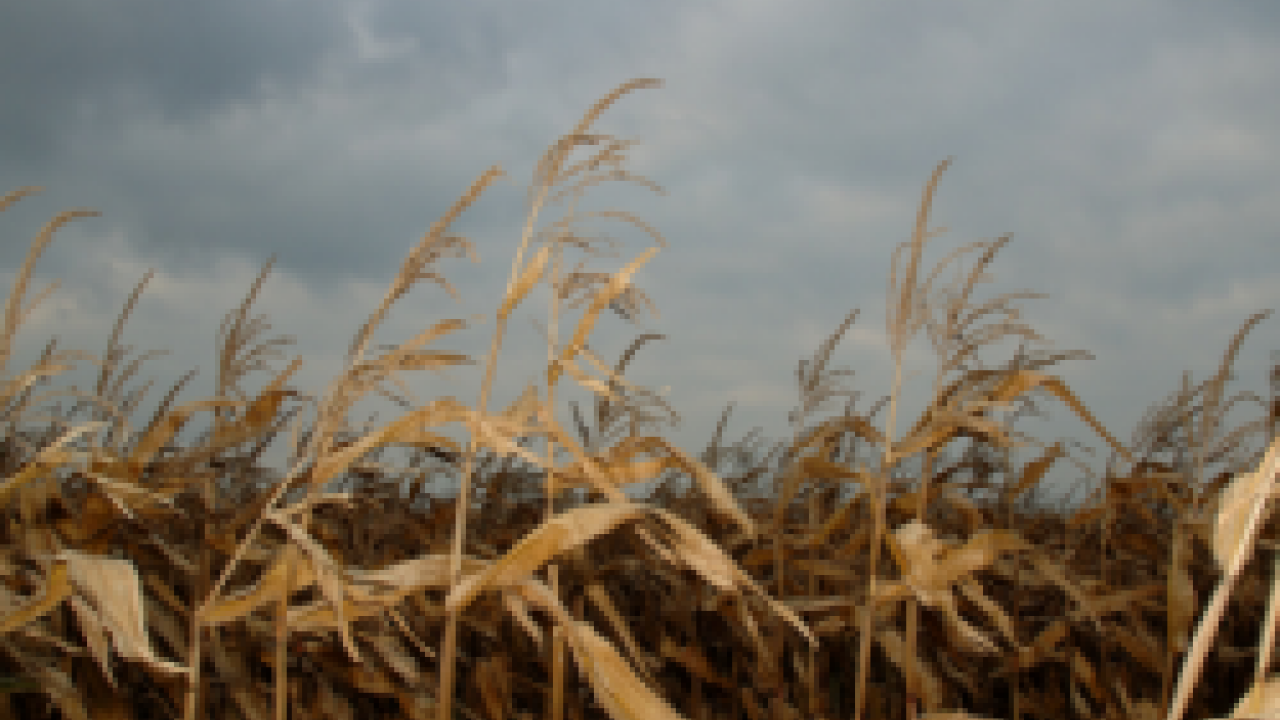
The leaders of Congress' Agriculture Committees continue to deliberate the next farm bill in secret, and the conventional wisdom now is that direct payments may see cuts or be entirely banished in the final product. We hope so.
In a reminder as to how badly broken our food and farm programs have become, the Environmental Working Group released a new Direct Payment Database yesterday (Nov 11). It gives taxpayers a look behind the complex agriculture partnerships and corporations that got the lion’s share of $4.7 billion in federal direct payments to farmers in 2009. And it shows that the ten agribusinesses receiving the biggest payouts raked in a total of $5.4 million. The biggest of those payments went to large agribusinesses in the southern states of Arkansas, Louisiana, Georgia, Tennessee and Mississippi.
The EWG database also smokes out the names of the individuals who ultimately cashed the subsidy checks. Their identities have been hidden by these corporate structures and not publicly disclosed by the US Department of Agriculture since the 2008 farm bill.
Direct payments, promoted as a safety net for working farm and ranch families, are in reality annual cash giveaways to the most profitable businesses in farm country. The average crop subsidy payment to the top ten recipients in 2009 was $542,172 apiece – about 10 times more than the average American earns annually. A total of 160 individuals ultimately collected payments through these 10 farm enterprises.
The recipient of the single biggest direct payment was Ratio Farms in Helena, Ark. EWG’s database identifies the 26 individuals who cashed in on the operation’s $874,666 in subsidy payments. Each one received about $33,600 in 2009 – barely $6,000 below USDA’s $40,000 limit on how much each “person” is eligible to receive annually under this program.
In our 2010 EWG farm subsidy database update released earlier this year, we were unable to identify individual recipients because the USDA now only provides this information on a “program by program” basis, making it easier for many of the individual beneficiaries to shield their receipt of tax dollars behind “paper farms” and corporate shell games. EWG obtained the additional data under the federal Freedom of Information Act and is still waiting for the 2010 records.
Since the early 90s, we've worked to transform USDA’s current system of direct payments into a program that would actually target assistance to working farm and ranch families that need help to stay on the land, but until now the Big Ag subsidy lobby has blocked all attempts at meaningful reform. Now it is time to simply end direct payments, which are finally in the budget cross hairs as Congress works to reduce the federal deficit. Reformers, however, are still fighting a full-court press by entrenched corporate ag interests, which want to replace the handouts with an expensive new entitlement to guarantee the business income of the very same highly profitable farm businesses that have long profited from direct payments.
That's is the wrong way to go. Instead, this is what we at EWG would like to see happen:
• Eliminate direct payments, counter-cyclical payments, loan deficiency payments, ACRE (Average Crop Revenue Election) and SURE (Supplemental Revenue Assistance Payments).
• Provide every farmer with a FREE crop insurance policy that covers yield losses of more than 30 percent and eliminate federal premium and other subsidies for revenue-based or other crop insurance products.
• Have the federal government take bids from insurance companies to service these policies, eliminating insurers’ recent windfall profits and encouraging the private sector to develop and offer innovative options for farmers to increase insurance coverage – but not at taxpayers’ expense.
• Require producers to meet a basic standard of conservation practices in order to be eligible for publicly financed crop insurance.
• Ensure full transparency by requiring USDA to disclose who is getting the free policies, the cost to taxpayers and how much farmers receive in insurance payouts.


